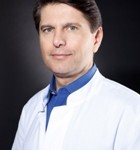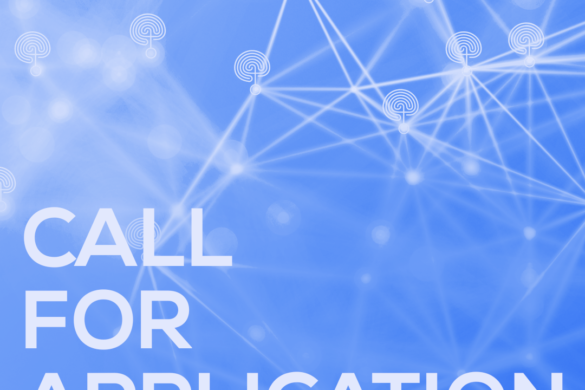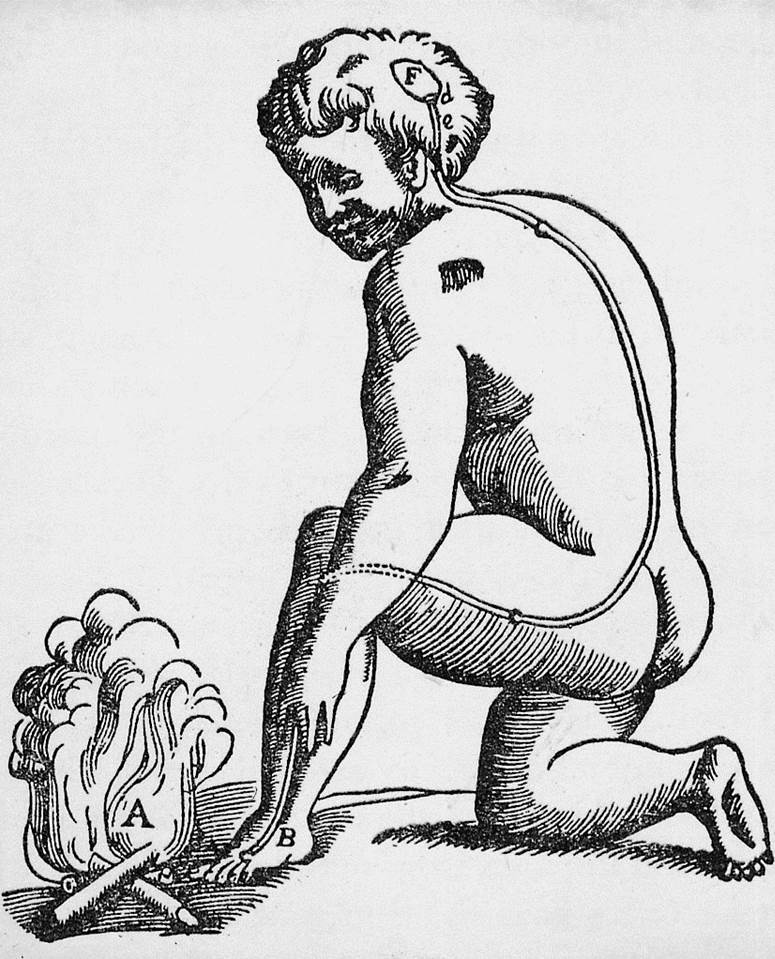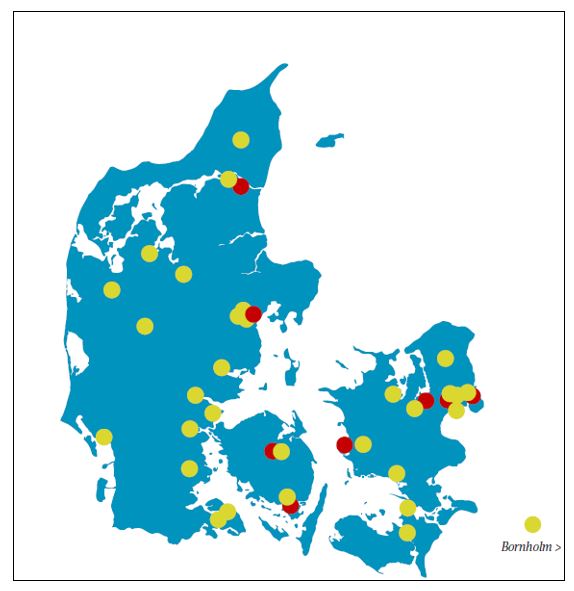 Michael Strupp is Professor of Neurology at the Maximilian University in Munich, Germany. He is co-editor of the Journal of Neurology.
Michael Strupp is Professor of Neurology at the Maximilian University in Munich, Germany. He is co-editor of the Journal of Neurology.
José Ferro (JF): How do you see the creation of the European Academy of Neurology (EAN)?
Michael Strupp (MS): The transition from two already successful and strong societies, the EFNS also representing the national neurological societies and the ENS being more independent and an autarky, into a new institution has been a great challenge which required a lot of diplomatic skills. This has been excellently and peacefully mastered by the task force. Congratulations! There are now a lot of opportunities for instance new and unified structures can be developed and established.
(JF) What do you expect from the EAN?
(MS) Just three ideas: First, Neurology has been attracting more and more of the most talented students and young doctors. Neurology has also been attracting more and more female doctors. Therefore the EAN should take special care of their young and in particular the female doctors. This begins with formation of the assemblies. More young neurologists still in the middle of their clinical and scientific work and more women should be involved and thereby represented. Second, since our knowledge in the field of diagnosis and treatment of neurological disorders has been steadily increasing excellent teaching and “hands-on” courses by experienced and critical speakers should become even more important at the annual meetings of the “Academy” (nomen est omen). In contrast to the past when the results of evaluations did not count, the results should now be made public and only those with good marks should be considered for further meetings. In addition to the teaching courses of the annual academy meetings the EAN might also offer an “EAN teaching day” at annual meetings of the national societies with their best speakers. In the current phase of promotion of the EAN this would also be good PR. Third and finally, the previous successful fellowships for the most talented should be continued so they can visit other labs all over Europe.
(JF) How can the EAN and the Journal of Neurology interact?
(MS) The Journal of Neurology is a scientifically and economically very well established and successful journal in the field of clinical neurology with a long history (its roots go back to 1891). The number of manuscripts has been steadily increasing with more than 1600 in 2013 and the current average time to final decision is only 19 days. It has become a really international journal also attracting many readers outside Europe: 60% of downloads are from outside Europe, mainly the US (32%) and Asia-Pacific (22%). The Journal of Neurology officially represented the ENS, the abstracts of the annual ENS meetings were published in this journal and the Editorial Board meetings were also held at ENS meetings. (However I doubt that the majority of the readers of the Journal were aware of this.) This liaison will end after the establishment of the EAN. The three Joint Chief Editors (Roger Barker, Massimo Filippi and I) as well as Springer Medicine as the publisher are open to new ways of interaction now with the EAN. Ideas from the EAN and the journal should be discussed at the next meeting in Istanbul. Independent of these talks all members of the EAN are most welcome to submit original articles and reviews to the Journal of Neurology.






